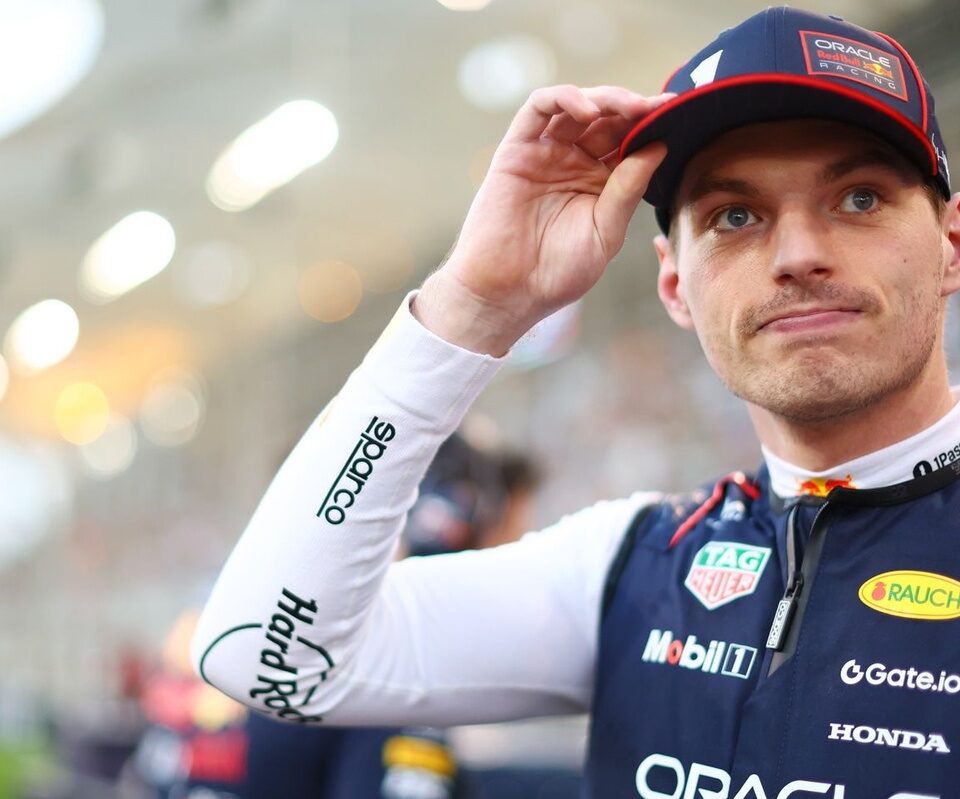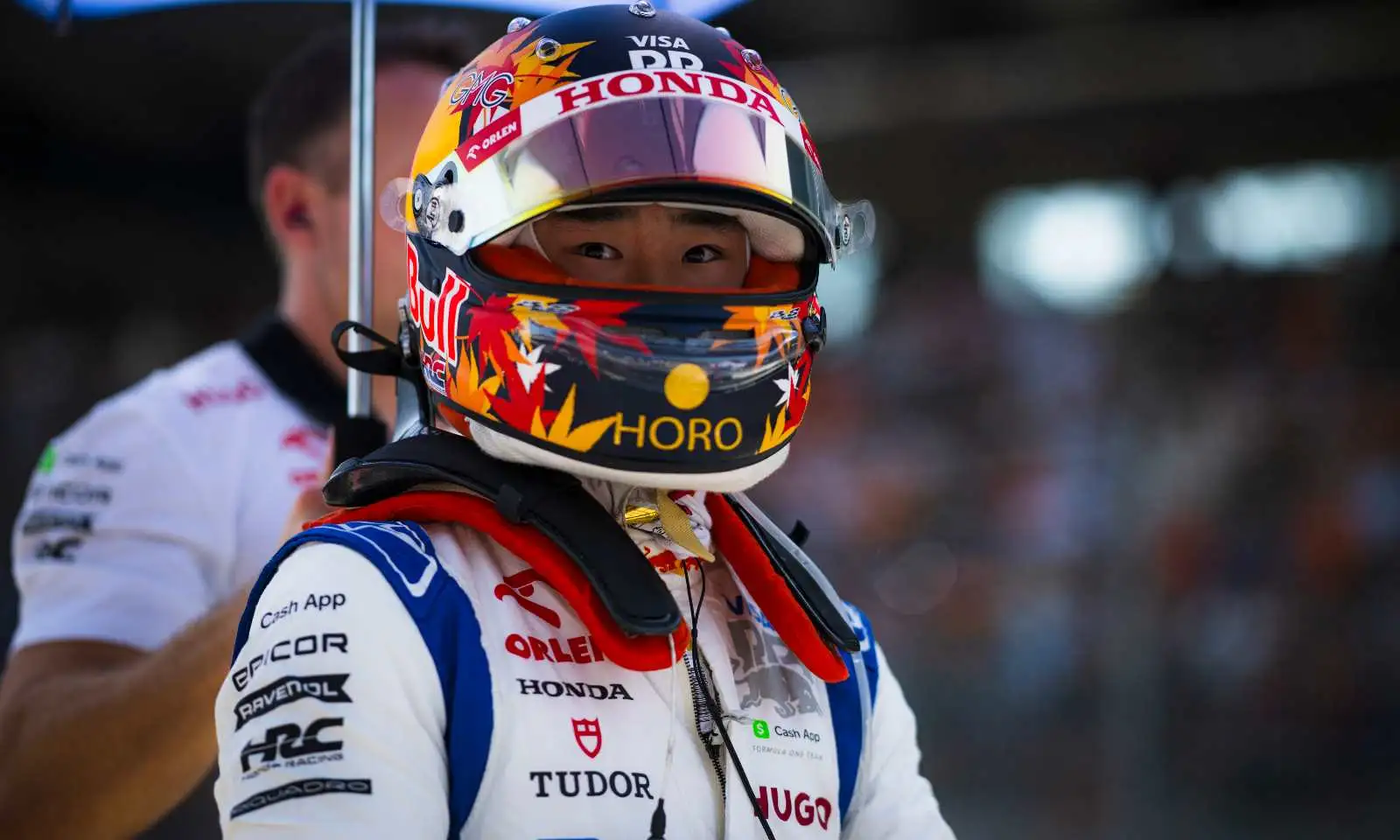In the turbulent world of Formula 1, Max Verstappen finds himself yet again contending with Red Bull Racing’s persisting technical challenges, reminiscent of last year’s struggles.
During the Bahrain GP, Verstappen grappled with mid-field battles against teams like Alpine and Haas, managing to clinch a sixth-place finish. This performance was a stark reminder of last year’s Monza disappointment, which had already prompted Red Bull to tweak the development path of their RB20 vehicle. Verstappen, speaking in Jeddah, noted, “Yes, upgrades that were scheduled had to be adjusted in certain areas,” highlighting a recurring theme of adapting to unforeseen setbacks.
The issues, similar to previous years, mainly stem from balance inaccuracies and unreliable wind tunnel data. Red Bull’s team principal, Christian Horner, conceded that the correlation between the wind tunnel readings and track performance remains flawed, a hurdle yet to be overcome. However, Verstappen remains optimistic, explaining that experience with the wind tunnel’s inconsistencies helps guide development decisions, albeit with limitations when it comes to fine-tuning.
Adding to the complexity, Formula 1’s regulatory frameworks impose limits on testing, and budget caps restrict extensive experimentation. This restricts Red Bull’s ability to validate their updates through traditional track testing, hence intensifying the challenges in perfecting the car’s balance. Verstappen remains candid: “We need updates to shift the balance,” underscoring the urgency within the team to make significant strides.
The technical squad, spearheaded by Pierre Wache, has not yet fully resolved the balance issues despite efforts over the winter. The anticipated major updates have yet to yield the transformative results Red Bull desired. Verstappen reflects on the situation, stating the changes thus far are insufficient to achieve a distinct competitive edge. Nevertheless, his focus remains on extracting maximum performance from the current setup while awaiting further improvements.
Looking forward, Verstappen doesn’t seem overly rattled by these concerns. He emphasizes patience and continuous improvement, suggesting that the upcoming regulatory changes in 2026 might reset the playing field. He points out, “In 2022 and 2023 we did well, and that was with new regulations—and the same wind tunnel.” However, potential uncertainties loom regarding the performance of Red Bull Powertrains and the absence of Adrian Newey during the upcoming regulation shifts.
Verstappen expresses a pragmatic view towards Red Bull’s current predicament. Despite the pressure mounting on the team, he doesn’t appear anxious about the future. Verstappen acknowledges the reality of the situation: he can only focus on delivering his best within the given circumstances, knowing that performance enhancements may not come immediately.
Max Verstappen remains a pillar of composure and resilience amid Red Bull Racing’s ongoing technical challenges. His focus on maximizing performance and strategic patience in adapting to the current car’s limitations reflect a mature approach in a high-pressure sport. As he navigates through these trials, the anticipation of future rule changes serves as a beacon of potential renewal for both himself and Red Bull.










